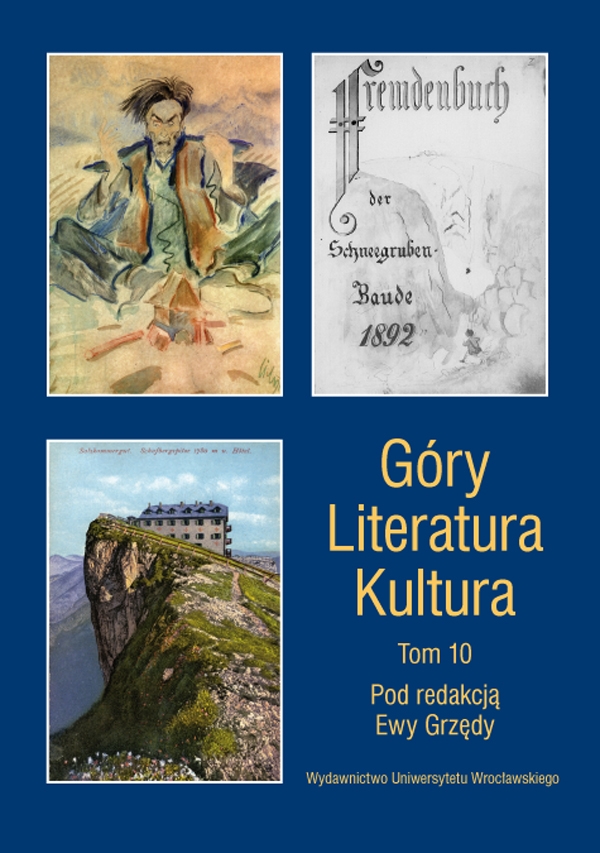

Rozprawy, studia, szkice

Zakryte Zaryte, or Zakopane art where cultures met. Digressions following the reading of Witkacy
The article is an attempt to describe the cultural phenomenon of Zakopane in the early 20th century on the basis of Witkacy’s Pożegnanie jesieni [Farewell to Autumn]. In the dynamic and multi-layered plot of his novel Witkacy, emotionally involved but also with his usual sarcastic and critical distance, presents a collection of characters who make up a collective model of a specific group of residents of Zakopane set against the background of a clearly defined mountain space the action of the novel takes place in Zakopane. The key motifs of the novel correspond to the narcotic Zakopane demonism — a style characteristic of the Zakopane culture at the turn of the centuries and using the legend and creative capital of the Young Poland movement in the Tatras. An important plane bringing together the protagonists’ sentimental sublimations in the novel is music as a universal form of art, using the power of sound, i.e. communication tool available to all sensitive recipients. Two protagonists compose and perform it Żelisław Smorki and Prince Azalin Prepudrech, others listen to it. Smorski is a pupil of Karol Szymanowski who lived in Zakopane at the time; the name of the composer recurs several times, which testifies to the author’s intention to make his literary fiction credible. The model of the protagonists’ pianistic interpretation also draws on the virtuoso method of Egon Petri, who in the inter-war period ran his own piano school in Zakopane.